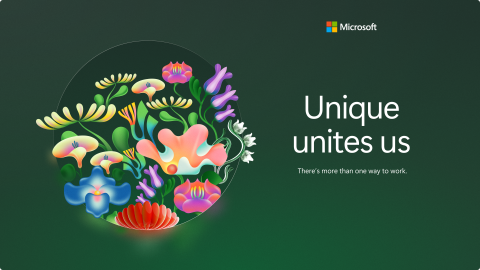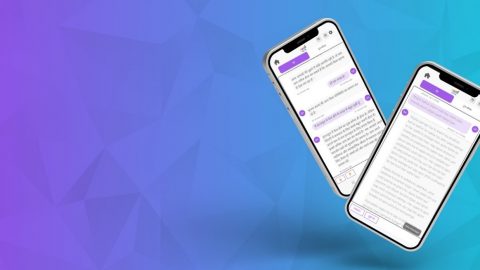Breaking Barriers: Celebrating the International Day of Persons with Disabilities
|
This blog post was written by Rob Sinclair, Microsoft’s Chief Accessibility Officer. Rob is responsible for the company’s worldwide strategy to develop software and services that make it easier for people of all ages and abilities to see, hear, and use their computers. |
—–
Today, we are celebrating the United Nations International Day of Persons with Disabilities that focuses on the progress, challenges and goals of persons with disabilities. This year’s theme of breaking barriers and opening doors is particularly relevant at Microsoft because we strive to do both every day.
At Microsoft, breaking barriers means creating people-centric digital experiences that are responsive and fun for everyone. We are opening doors by revolutionizing how people experience the world with beautiful and modern digital experiences that reflect and respect individual needs and preferences. Our goal is to design technologies that adapt to a user’s surroundings and present information in ways that are relevant and consumable anywhere and on any device, regardless of ability.
As part of our people-centric approach we demonstrate our commitment to accessibility around the world by:
- Developing accessible products. By integrating accessibility into our product planning, research, development, and testing we are creating the accessible experiences of today and tomorrow. In addition to our current line of products, Microsoft Research centers around the world are working on accessibility challenges. Our team in China, for example, recently unveiled an exciting prototype that uses Kinect to translate sign language into written and spoken formats.
- Collaborating with stakeholders around the world. We are building strong global partnerships that help us understand individual needs and create new experiences. In Los Angeles and New York City, we partnered with local governments and agencies on projects that help seniors use technology to enhance their fitness and wellness. Currently, we are supporting G3ict, The Trust for the Americas, and BarrierBreak in an initiative that will construct an accessible technology training program for disabled persons organizations around the world.
- Supporting global policy agendas that promote broad digital inclusion. Through our global subsidiaries and accessibility team we are helping governments create effective accessibility policy frameworks that support inclusive digital experiences around the world. Over the summer, we worked with six other organizations to produce a plan for broad digital inclusion and then delivered it to the UN General Assembly. We also sent some of our most talented staffers to Europe over the last several years to help develop a public procurement standard that will make information technology more accessible. This new standard will be a resource not only for all 28 member-states of the European Union, but for nations around the globe.
In this work we are moving towards celebrating the International Day of Persons with Disabilities and its call for a more inclusive society every day of the year.








